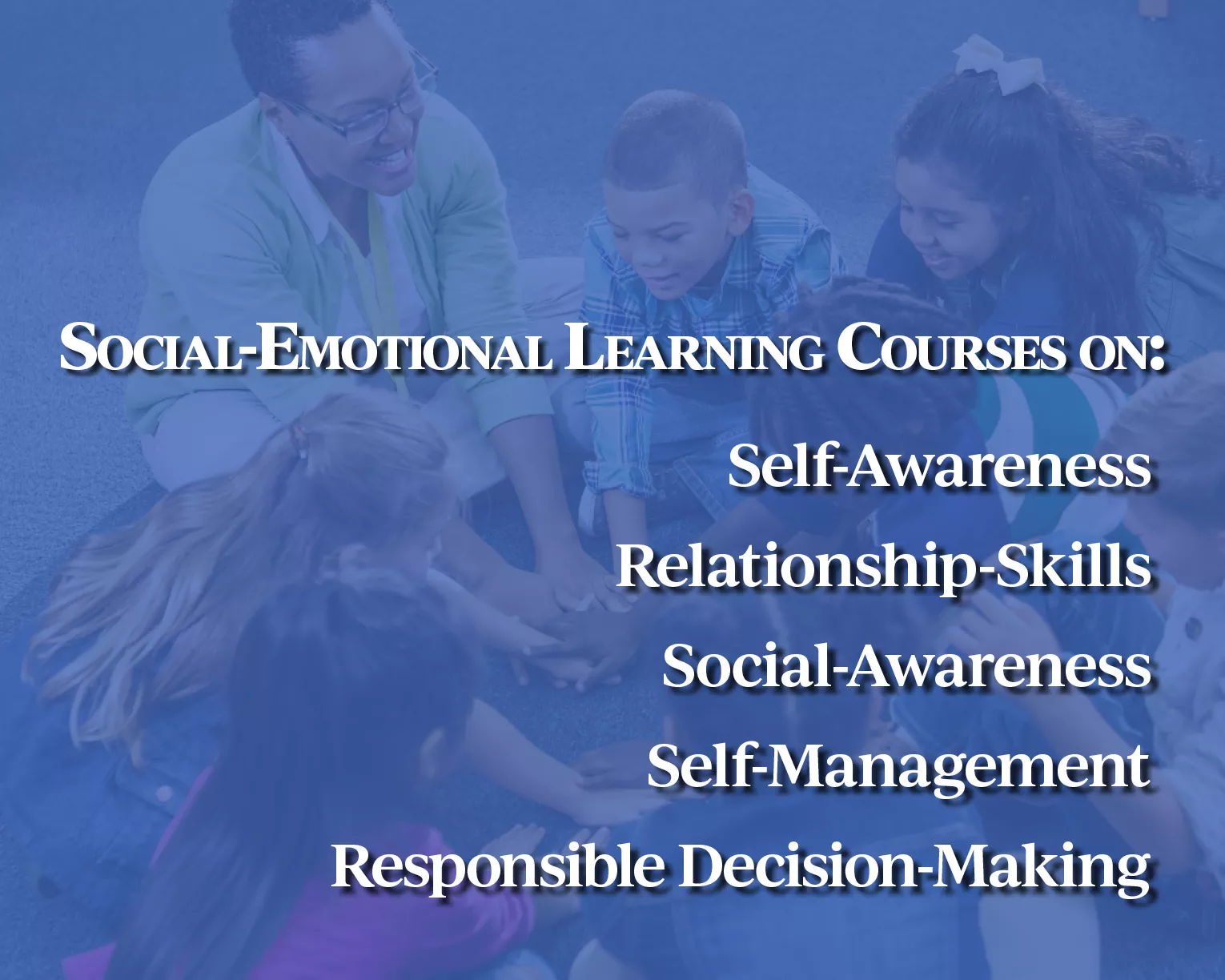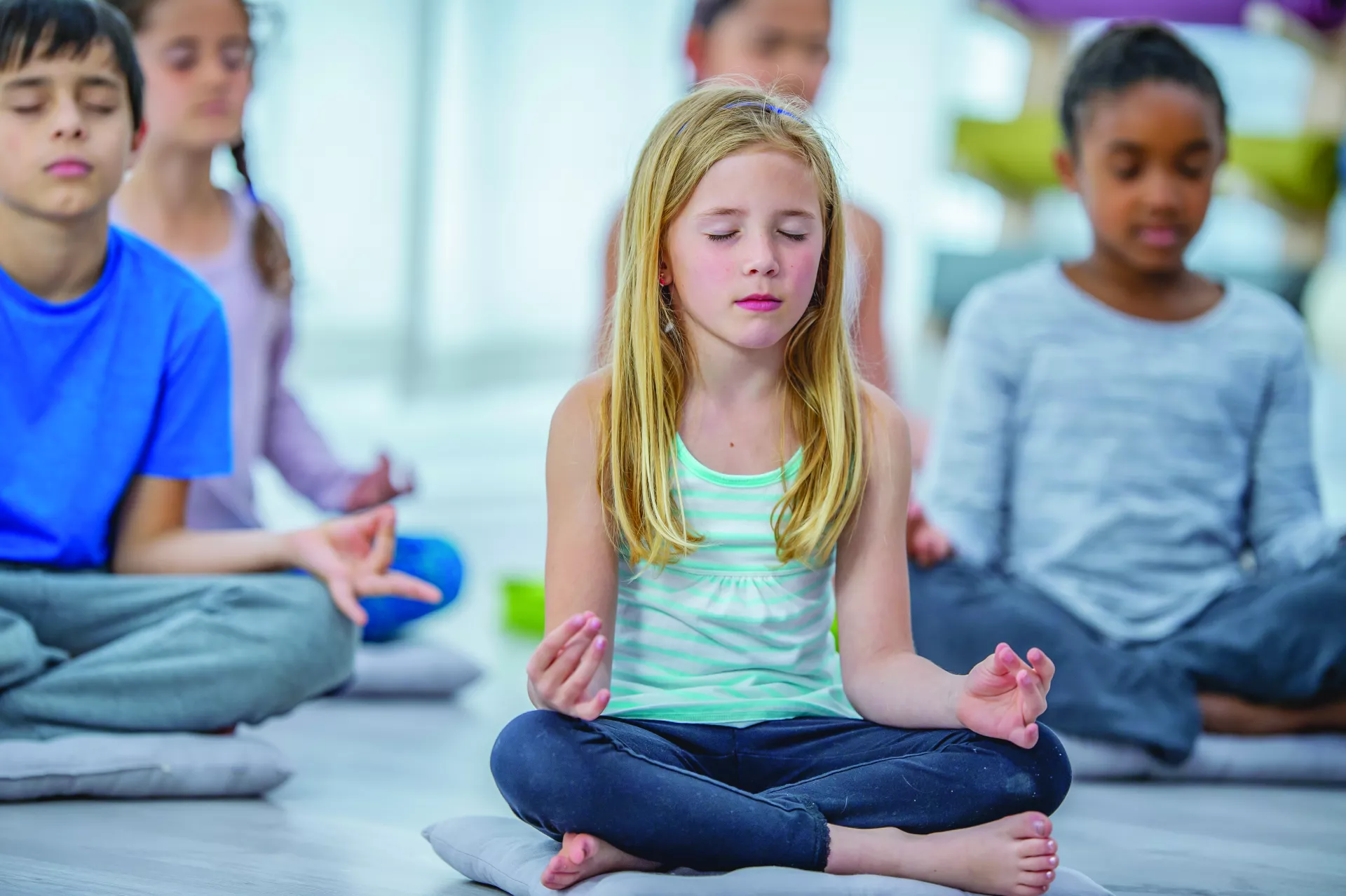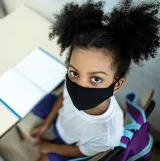On the first day of school, Benita Moyers’ students study the amygdala and have a detailed discussion about the fight-or-flight response in the brain.
It may seem like an ambitious topic for first graders, but Moyers is convinced that when students practice mindfulness—and have a basic understanding of how they can control their sometimes wayward brains—their behavior and performance improves.
The lesson is one of the ways that Moyers, who teaches at Mt. Carmel Elementary School, in Huntsville, Ala., increases students’ awareness of valuable life skills.
Moyers isn’t alone. Research and anecdotal evidence about the value of social and emotional learning (SEL) has nudged the approach to the forefront of education, and increasingly teachers are finding ways to incorporate it in subjects ranging from third-grade math to high school physics.
“[SEL] leads to stronger relationships, a sense of belonging, and a more supportive learning environment, setting the stage for academic learning.”
That attention to students’ mental health is particularly important now, experts say, as students adjust to the academic and emotional upheaval of the pandemic.
“SEL has been a part of learning for a long time, but it wasn’t something we applied too often in the classroom,” says Tara Lisciandro, a teacher at Matawan Regional High School, in Monmouth County, New Jersey.
“With COVID having the effects that it has, SEL is a necessity for students and teachers in the classroom today,” Lisciandro adds. She teamed up with Moyers to teach an SEL course for NEA and teaches similar classes for private and public educational communities.
Claire Schu, of the Collaborative for Academic, Social, and Emotional Learning (CASEL), agrees. “It leads to stronger relationships, a sense of belonging, and a more supportive learning environment, setting the stage for academic learning,” she says. “There are a lot of opportunities for students to practice and reflect on social and emotional skills during lessons.”
CASEL defines SEL as building skills to develop healthy identities; manage emotions; achieve personal and collective goals; feel and show empathy for others; establish and maintain supportive relationships; and make responsible and caring decisions.
And a CASEL survey found that most teachers believe SEL boosts academic performance and prepares students for college, careers, and civic engagement.
The organization has identified three essential components for integrating SEL into academics and offers helpful examples for how they can be put to use in classrooms:
1. Fostering academic mindsets
Helping students adapt a growth mindset is key to this process, Schu says. The goal, she explains, is for students to understand “who they are as learners so they can improve with effort and new strategies, and [that they] know struggle is part of the process.” Students should feel they belong, that they can succeed, and that their work has value, she adds.
To accomplish this, try to communicate high expectations for students by asking them about their thinking, sharing exemplary work, using specific feedback to drive improvement, and communicating that mistakes are an important part of learning. “How teachers communicate the meaning of setbacks, struggle, and failure is critical to students’ mindsets,” the CASEL guidance notes.
2. Aligning SEL and academic objectives
SEL can help foster learning. One objective of the Common Core, for example, is for students to be able to “construct viable arguments and critique the reasoning of others.” To include SEL in this learning, help students anticipate how others will hear their arguments and teach active listening skills, so they can understand other perspectives. Both of these approaches involve social awareness and relationship skills, which are key SEL goals.
SEL is particularly helpful in explaining challenging ideas and tasks, or in lessons that involve understanding decisions or relationships—such as why characters in history or fiction may have acted a certain way.
3. Using interactive instructional practices and structures to promote SEL
Class discussions and group learning can enhance SEL understanding and competence. Try some of these activities to introduce SEL skill-building into your practice:
- Journal writing. Ask students to write down a response to a prompt that uses an SEL skill, such as: When did you see someone empathize or understand the feelings of another person this week? Or, what is one thing your team can do differently next time to achieve your goals?
- Class meetings. Encourage participation, and focus on solving problems and creating a positive climate, with everyone contributing.
- Collaborative problem-solving. Have students work together on a project, puzzle, or problem. If appropriate to the grade level, examine the process that worked best for decision-making and problem-solving.
- Goals and progress. Encourage students to set goals for the day, week, quarter, or year. Focus on successes and setbacks, the reasons for them, and the value of the process more than the outcome.
4. Emotional intelligence. Take time to explain the emotions that you or a student are feeling. Name the feelings and explain why they are valuable and how they can be channeled.
Want to know more about SEL?
Visit the Collaborative for Academic, Social, and Emotional Learning (CASEL) at casel.org. Sign up for NEA’s courses on using SEL in the classroom, at nea.org/SEL.
Read our cover story, “A Back to School Like No Other” find out how NEA members are addressing mental health needs this fall.
Suggested Further Reading




